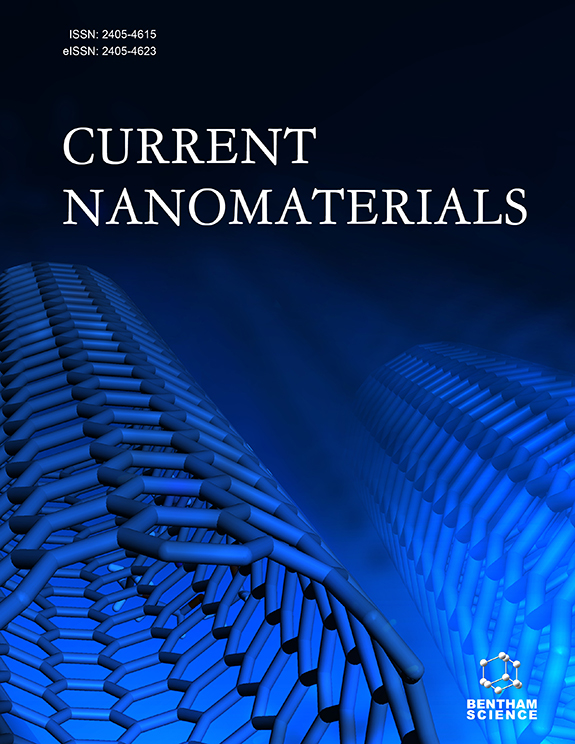Submission Tilte
“Recent Advances in Design, Characterizations, Applications, and Future Perspective of Smart Nanomaterials”
Submission Abstract:
Smart materials are the family of materials (hydrogels, nitinol, electroactive polymer, graphene structures, carbon-metal nanohybrids, and many more) that represent their significant electrical, catalytic, thermal, optical, mechanical, and magnetic properties. There are various numbers of categorized smart nanomaterials reported so far, such as thermoresponsive, piezoelectric, electrochemical-responsive, magneto-responsive, light-responsive, pH-responsive, and enzyme-responsive. These smart nanomaterials possess excellent properties that can be controlled and engineered by regulating external factors such as atmospheric pressure, humidity content, temperature, biochemical response, stress, pH, electromagnetic waves, electrical, magnetic field, light, etc. These materials help in eliminating the barriers between the functional and structural materials, which may significantly revolutionize materials science for modern science and technology development to cater to the wide range of industrial applications as energy materials such as electric, magnetic, sound & mechanical as well as transducers, sensors and actuators, artificial muscles, and electrically active polymers. In addition, recently, they have drawn significant attention in the medical sector for possessing the following characteristics: prominent reactivity, excellent molar extinction coefficient, specificity, long-lasting stability, and stronger absorption. They display various applications, such as drug delivery systems, tissue engineering, nanodevices, sensing, and imaging. Our special issue will focus on the recent developments in fabrication techniques such as flame synthesis, photolithography, soft chemistry routes, microwave synthesis, etc., and their physiochemical characterizations i.e. field emission scanning electron microscopy (FESEM), dynamic light scattering (DLS), scanning probe microscopy (SPM), near-field scanning optical microscopy (NSOM), transmission electron microscopy (TEM), magnetic resonance force microscopy (MRFM) X-ray photoelectron spectroscopy (XPS), energy dispersive X-ray spectroscopy (EDS), auger electron spectroscopy (AES), etc. Besides the fabrication and characterization techniques, we will also emphasize the current application and future perspectives of smart nanomaterials in various sectors i.e., energy and environment, biomedicine, medical science, pharmaceuticals, food, agriculture, textiles, cosmetics, engineering, etc.




